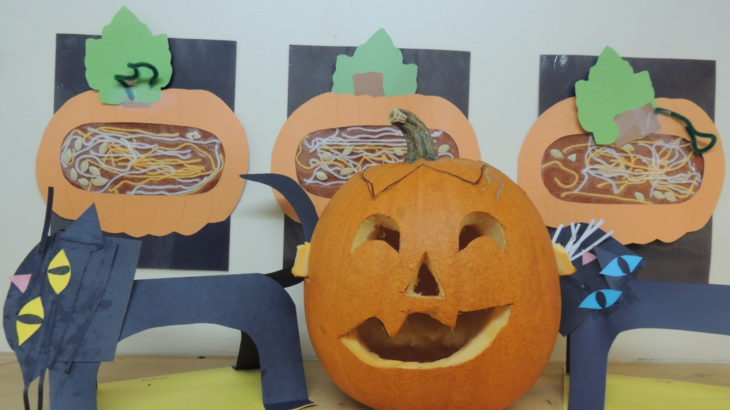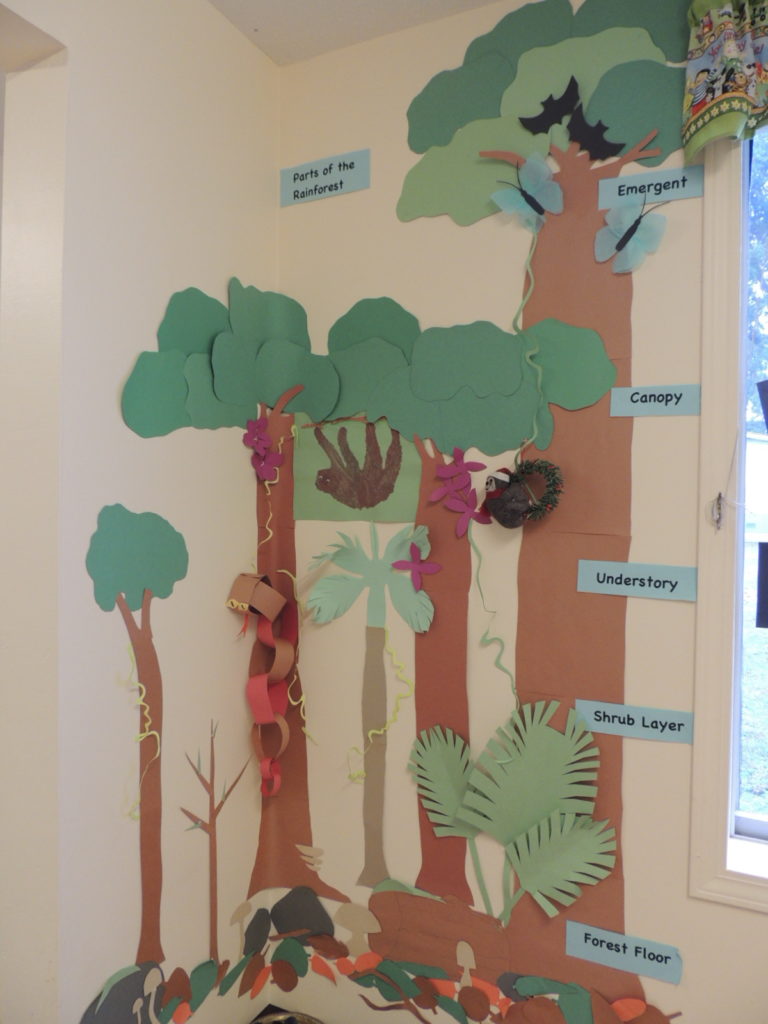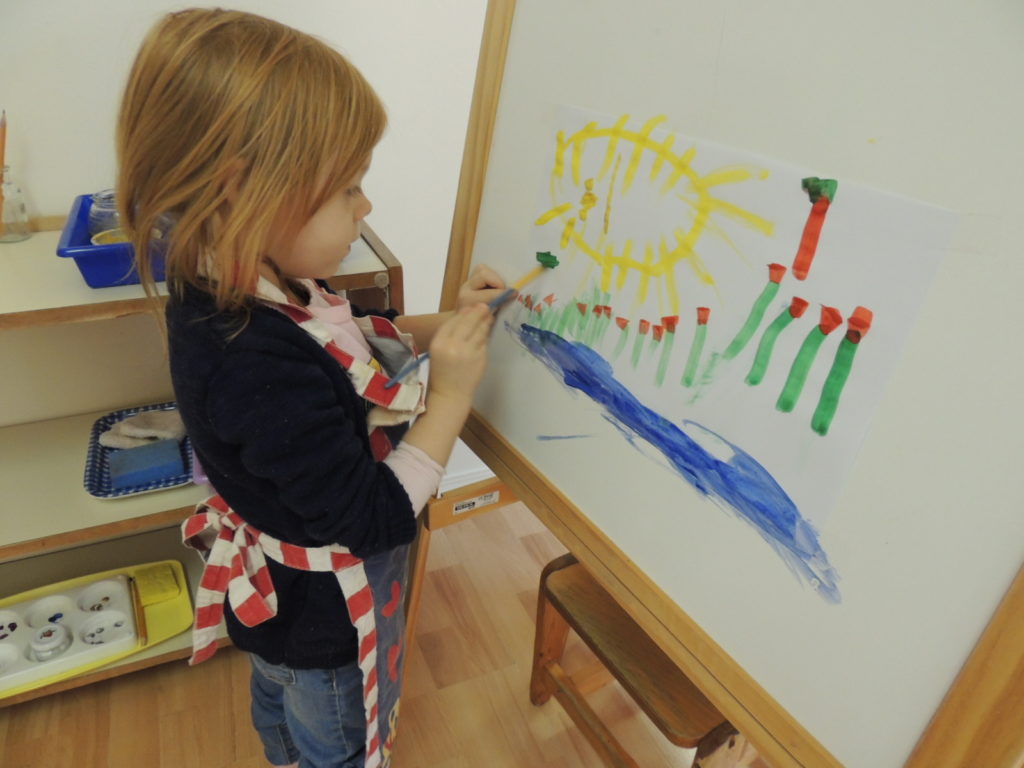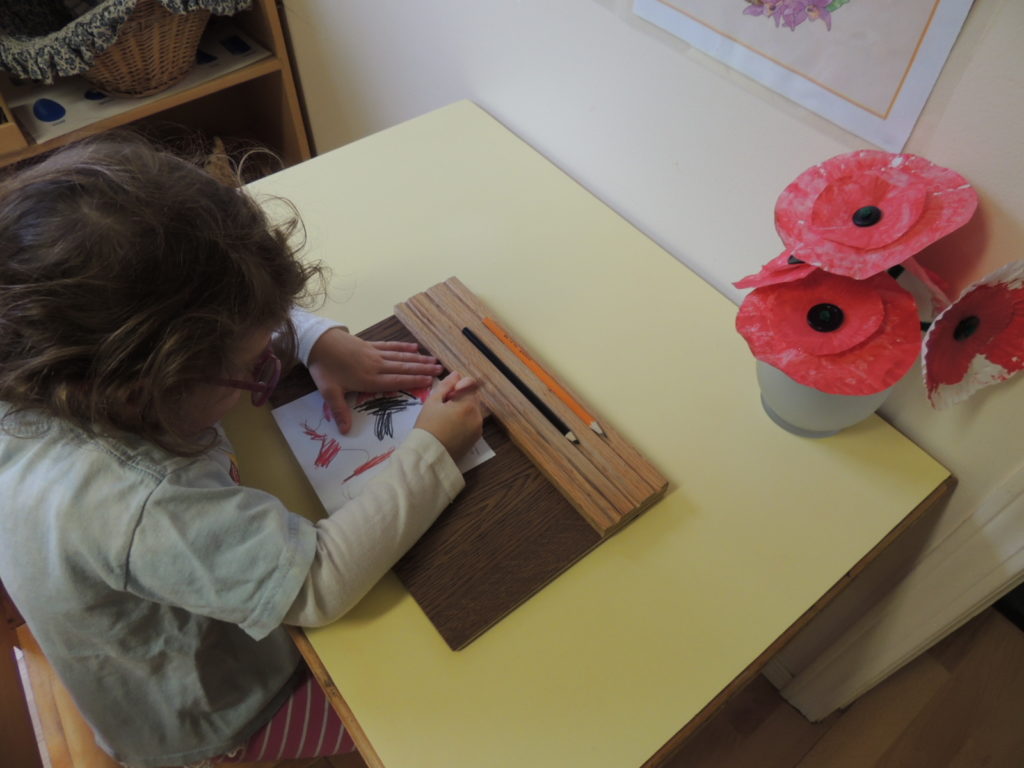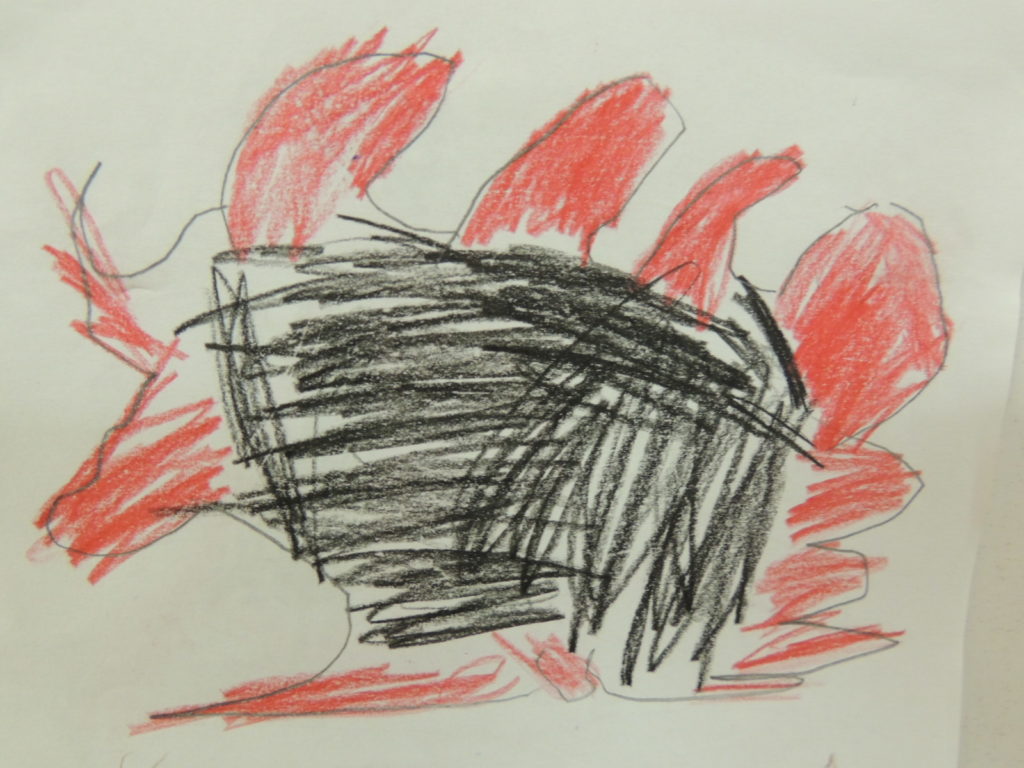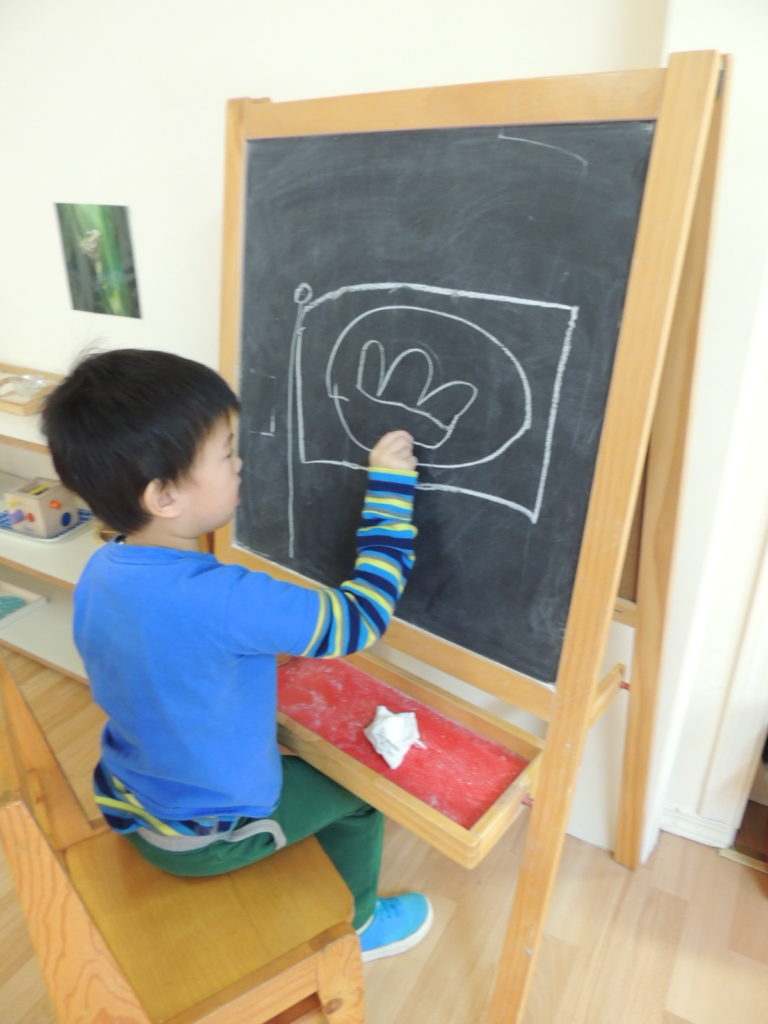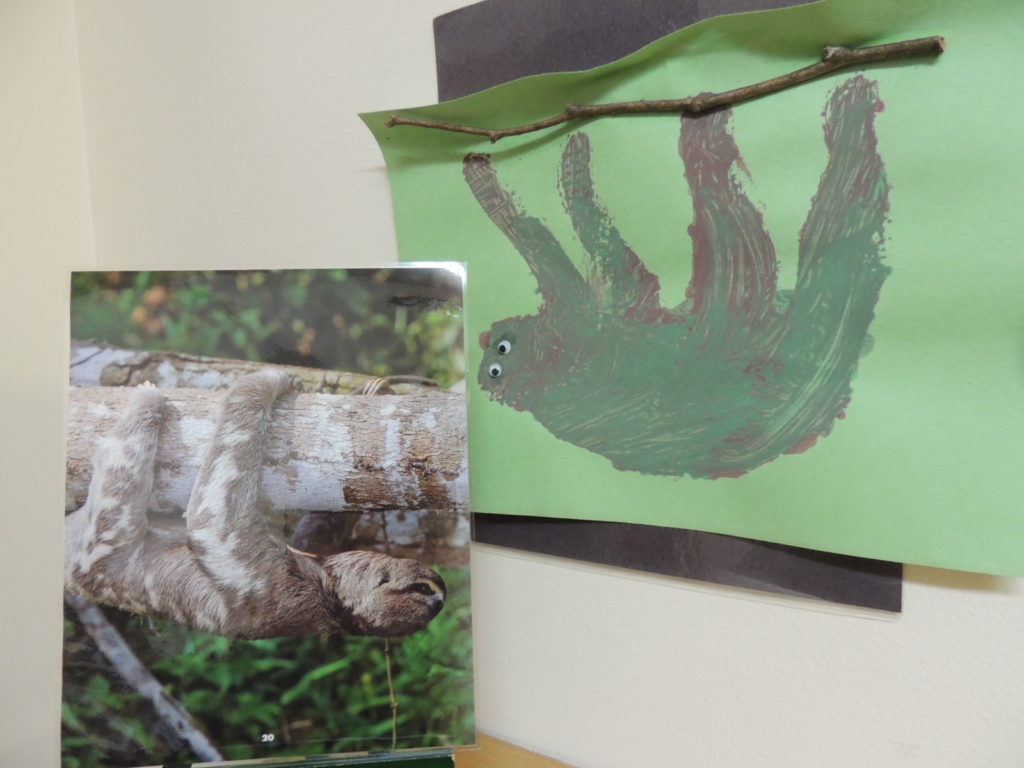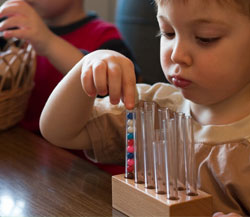The two terms, ‘art’ and ‘craft,’ are commonly used interchangeably to describe children’s activities. This creates confusion about the true nature of the genres; each is defined by differing characteristics:
Art is a creative activity produced by human imagination and expression, typically through visual and written forms: drawing, painting, sculpture, literature, music, dance. The works are created and inspired primarily for their beauty and their emotional power.
Craft is an activity involving skill and technique in making or duplicating something by hand: woodwork, pottery, textiles, knitting, jewelry. Their primary use is both practical and purposeful in daily living and education
Art is a Natural Form of Expression for Children.
The essence of art is expressing oneself. To develop a sense of self- expression, children need the opportunity to make their own decisions about their artwork.
When adult feedback or approval is removed, a child is more likely to take risks and make mistakes. This fosters creativity, exploration and exciting outcomes.
Process-oriented art education uses the simplest materials, few clear directions, and open-ended time to experience the creative process.
The door then opens to little masterpieces: self-portraits, representational drawing, abstract design and so on.
A rain forest wall collage….
inspires paintings at the easel.
With a little effort, a child’s home or classroom environment can provide inspiration and promote self-expression through art. A small plant, a vase of flowers (hand picked from the garden or on a walk), cultural objects, objects from nature (a pretty rock or shell), or reproductions of fine art (Monet, Van Gogh, Renoir) placed in the child’s surroundings, will stimulate the visual sense and open the mind to possibility. Simple art tools – a pad of paper, HB drawing pencils (no eraser), fine tip paint brushes, a set of paint pucks – made available in the moment will capture magic.
A vase of hand-made paper poppies….
inspires a representational drawing.
Craft has Unique Importance and Value for Children
Crafts are introduced in the classroom for a different purpose from the arts: They are used to reinforce and compliment a learning theme in the educational program.
Children are able to practice new skills and techniques using a variety of materials while crafting theme-related projects: cultural, seasonal, zoological, botanical, and so forth.
Numerous websites, such as Pinterest, cover a broad range of subjects, allowing teachers and parents to research and learn craft ideas that will compliment any theme. A craft supply box can be made for the home, with coloured paper, scissors, tape, glue, markers, etc. to allow for open-ended construction ideas to blossom.
A lesson about the flags of the world inspires a child’s own creation at the easel
Learning about the unique characteristics of animals inspires creativity

